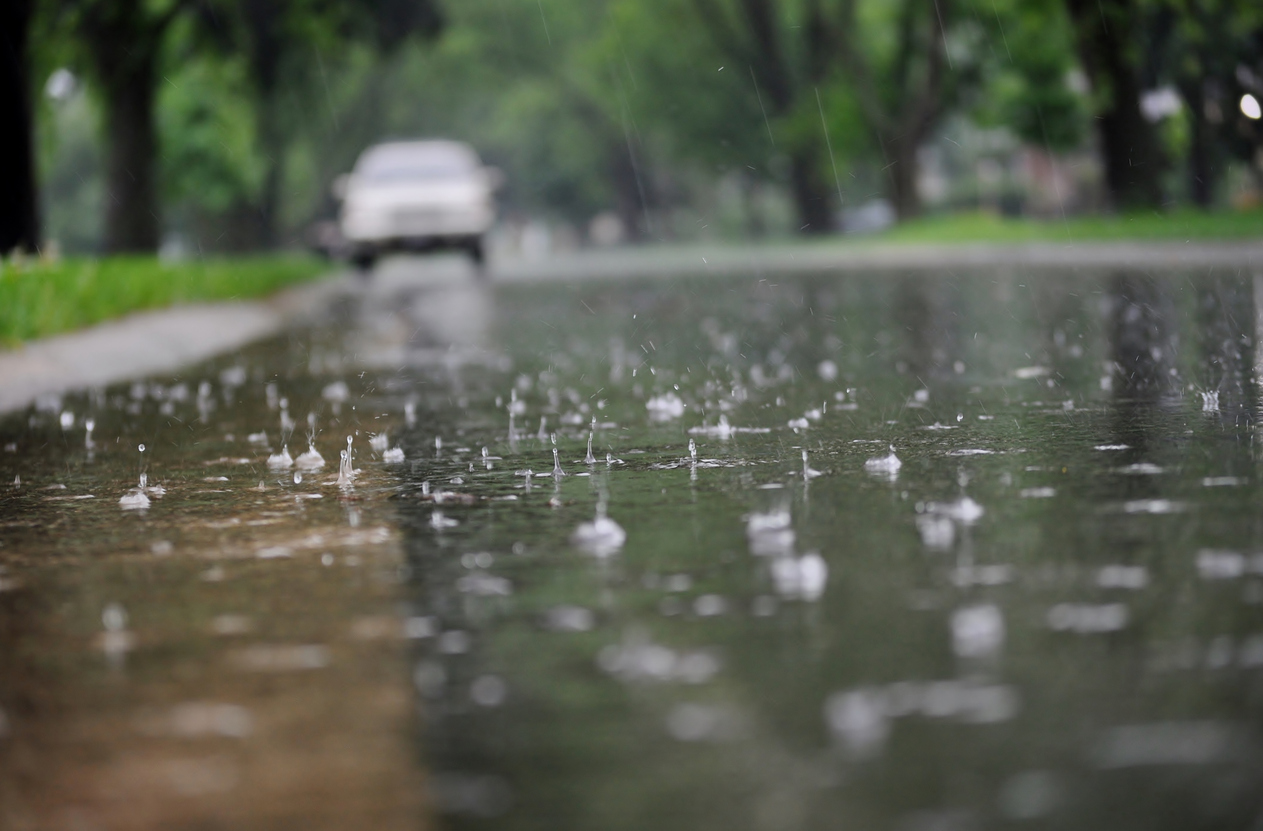Many cities are looking for new ways to help mitigate flooding and soil subsidence, and the answer is porous roads. Recently in New Orleans, the City Council has decided that all new commercial parking surfaces must be porous. All new roads in the city are required to have pervious paving, which lets rainwater flow through it, to be absorbed by the soil beneath it.
A recent article from nola.com reported that “Porous parking surfaces obviously won’t solve the problem of street flooding in New Orleans or clear the canals and pipelines that drain the city. But they will lighten the burden placed on the city’s drainage system during heavy rainfalls and curb stormwater runoff to Lake Pontchartrain.”
Elsewhere in the U.S., at least six miles of porous pavement has been installed in several Atlanta neighborhoods. Atlanta also requires that new and rehabilitated developments be able to hold the first inch of stormwater runoff with devices such as rain gardens and permeable pavement.
If the porous pavement requirement extends beyond New Orleans, what should we do as pavement professionals to be prepared?
